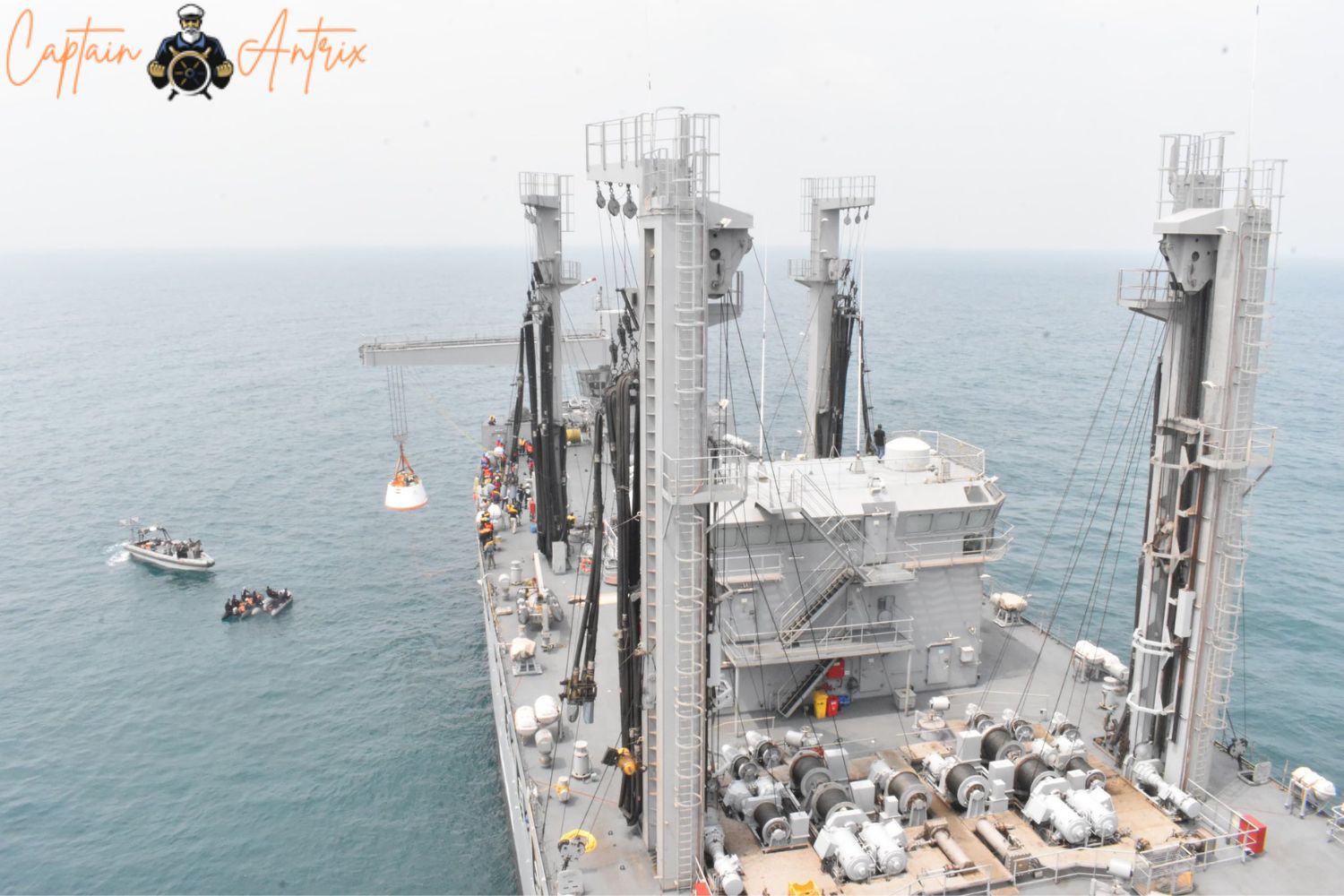
In a remarkable accomplishment, the Indian Space Research Organisation (ISRO) conducted the Gaganyaan Test Vehicle TV-D1 mission successfully on a Saturday morning. This mission, focused on in-flight abort demonstration, crew module separation, and recovery, marks a pivotal step in ISRO's ambitious plan for a human spaceflight mission set for 2025.
The journey of Gaganyaan Test Vehicle TV-D1 began with its planned lift-off from the Satish Dhawan Space Centre in Sriharikota. However, adverse weather conditions initially led to a delay in the launch, and subsequently, a last-minute hold was imposed just moments before lift-off. The dedicated ISRO team quickly identified and resolved the issue, ultimately launching the mission at 10 am.
Approximately one and a half minutes into the mission, ISRO scientists intentionally triggered an abort condition, allowing the crew module to separate at an altitude of around 17 kilometers. The crew module executed precise tumbling maneuvers, deployed parachutes, and made a spot-on landing in the Bay of Bengal, 10 kilometers off the coast. Simultaneously, the crew escape system made a safe splashdown 14 kilometers away.
ISRO Chairman S Somanath commended the team for their successful mission and clarified that although they initially aimed for an 8 am launch, unforeseen weather-related issues necessitated rescheduling. However, after addressing a monitoring anomaly, the launch proceeded seamlessly.
The recovery of the TV-D1 crew module was a collaborative effort, with the Indian Navy team taking the lead. Recovery ships, stationed at a safe distance in the sea, approached the crew module. Divers skillfully attached a buoy, hoisted the crew module using a ship crane, and transported it safely to the shore.

The mission's objectives were diverse, encompassing the demonstration and evaluation of various test vehicle subsystems, the crew escape system, and crew module characteristics. Furthermore, the mission placed a significant emphasis on demonstrating deceleration systems at higher altitudes.
ISRO's innovative approach involved a liquid-propelled single-stage test vehicle, employing a modified Vikas engine to transport the crew module and crew escape system. The crew module used in this launch is a faithful replica of the one that will carry astronauts into space.
A noteworthy aspect of the mission was the crew escape system, which featured five types of quick-acting solid motors, each tailored to generate the necessary acceleration for varying mission requirements.
Chairman S Somanath shared promising news regarding the future, revealing that the first unmanned Gaganyaan vehicle mission is scheduled for the beginning of 2024.
The success of the Gaganyaan Test Vehicle TV-D1 mission underscores ISRO's unwavering dedication and competency in the realm of space exploration, establishing a solid foundation for future missions and India's exciting journey into space.
